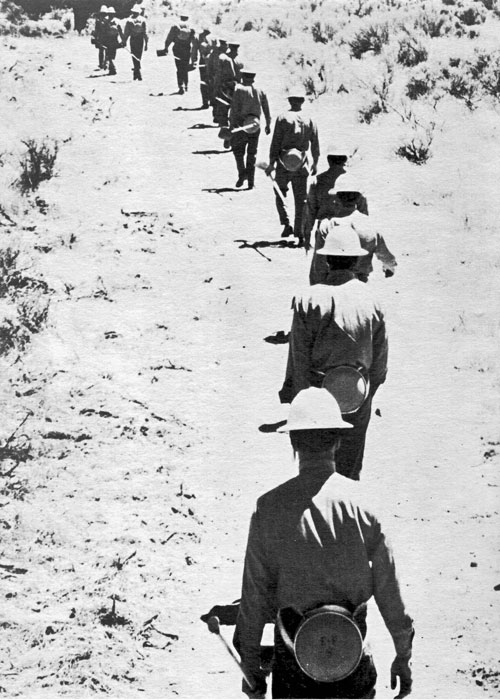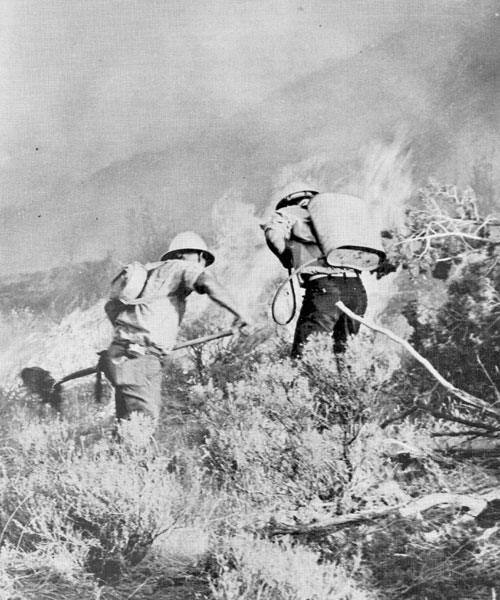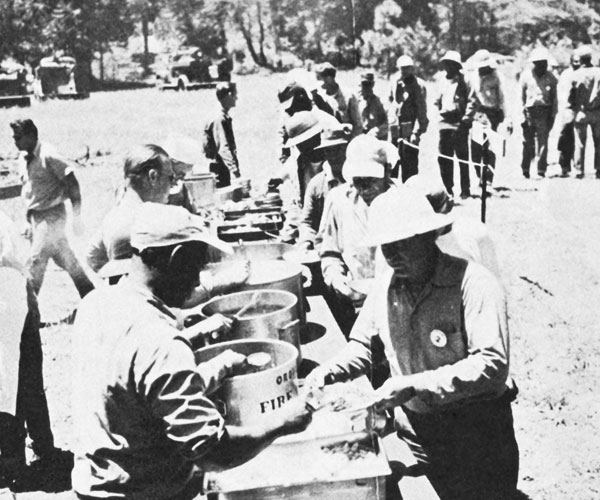Teaching the Article
Exercise 3
Bound for Service: The Civic Culture of Military Duty after World War II
World War II profoundly altered the place of the military in society, culture, and the state. After the war, millions of Americans developed a deep pride from their military records. With the escalation of the Cold War, service in the armed forces became a normal step in the career progression of Americans—especially of men. Veterans with few skills and opportunities made up a significant share of new employee recruits in the Department of Corrections, where the discipline and organization of prison guards was comparable to life in the military. Many of the men they had to watch over had spent time in the armed forces as well. For these inmates, the road back from the military to life as free citizen merged with the road back from prison. Imprisoned veterans made it easy to imagine criminals as deserving beneficiaries of the welfare state, and prisoners welcomed this positive public image, especially given the alternative perceptions of prisoners that circulated in the public imagination.
Questions
- What parallels did Norman Fenton, the director of classification for the Department of Corrections, see between prisoners and soldiers and between prison and the armed forces?
- As you read the prisoner newsletter Pioneer News, what similarities did prisoners see between themselves and soldiers and between their own institution and that of the military?
- What were the complaints of Inmate Council Chair David Vorce, and what did he expect the Department of Corrections to do about it? How did he and his fellow prisoners feel about their service as fire fighters?
- Look at the pictures of prisoners fighting fires. What similarities to military service can you detect in these images?
Sources
- Excerpts from Norman Fenton, What Will Your Life Be? (Sacramento, 1955), p. 18–19, 57 (a guidebook to prisoners, comparing their experience with crime and incarceration with the trauma of military service).
- Excerpts from Pioneer News, 1944, pp. 10, 12, folder F3717:1839 Institutions, Publications, California Institution for Men (Chino) Newsletters 1945–1946, 1966, Department of Corrections Records, California State Archives.
- David Vorce, A-43179, Chair of Inmate Council to Folsom Warden F. R. Dickson, Sept. 11, 1961, folder F3717:436 Corrections—Conservation Camp Services, Camps—U.S. F.S. 1951–54, 59–62, Department of Corrections Records, California State Archives.
A selection of images showing prisoners in forest work.
- Prisoners set backfires, early 1950s
- Prisoners filling sandbags to dam a flood in the San Joaquin Valley
- Prisoners on the fireline, ca. 1965
- Prisoners learning tools on the fireline, ca. 1962
- Prisoners marching to fire, ca. 1961
- Save Resources—Help Themselves
- Prisoners and staff at the chow line, ca. 1953







